True Grit (1969): Revisiting A Classic Western
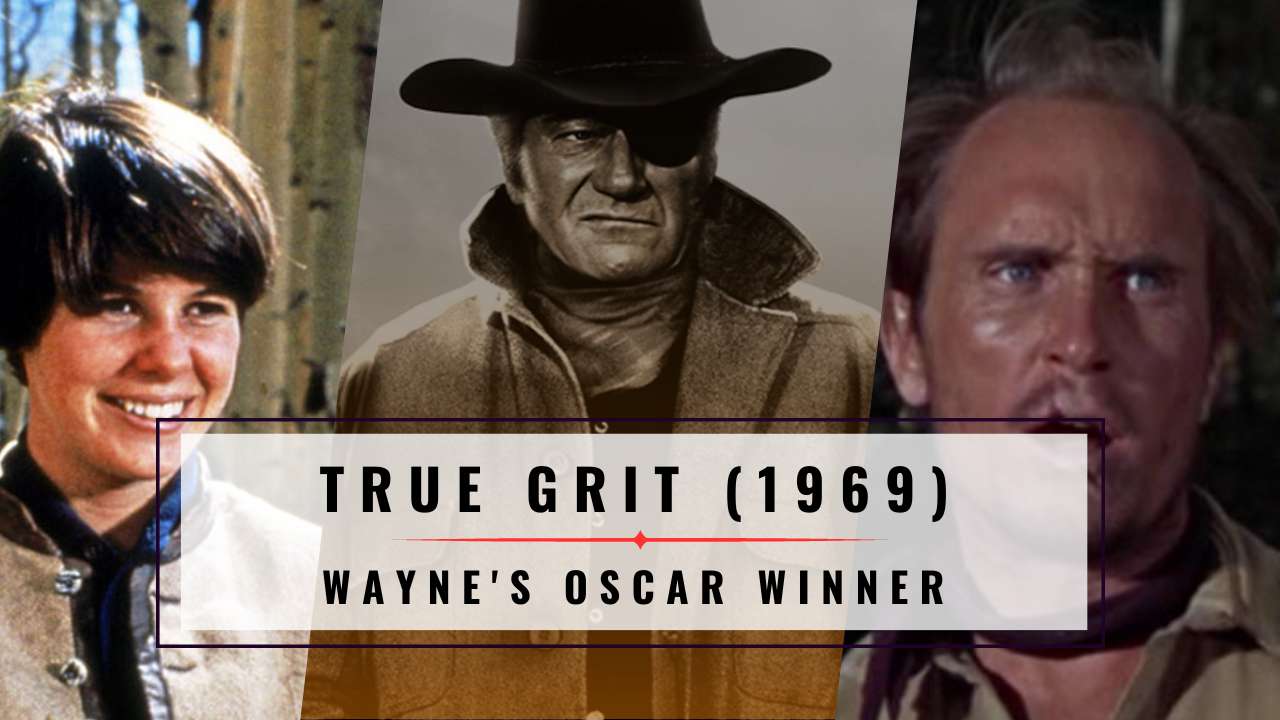
From its legendary cast and crew to its iconic imagery and memorable lines, True Grit remains one of the most revered and influential Westerns of all time. Directed by Henry Hathaway and released in 1969, the film endures as both a testament to the Golden Age of Hollywood Westerns and a gripping, character-driven adventure story. Now over 50 years later, it's time to take a nostalgic look back and celebrate why True Grit continues to embody the spirit of the Old West.
Director: Henry Hathaway
Genre: Western
Rating: G
Runtime: 128 minutes
Actors:
- John Wayne as Rooster Cogburn
- Kim Darby as Mattie Ross
- Glen Campbell as La Boeuf
- Jeff Corey as Tom Chaney
- Robert Duvall as Ned Pepper
- Dennis Hopper as Moon
The Legendary Talent Behind the Camera
While John Wayne rightfully earned an Oscar for his role as Rooster Cogburn, the success of True Grit relied on the immense talent both in front of and behind the camera. The film marked the first time renowned Western director Henry Hathaway collaborated with legendary actor John Wayne.
"It was this tremendous team, with Henry Hathaway directing, Lucien Ballard doing the cinematography, and Elmer Bernstein doing the score. They were A-list, top-of-the-line people." - Bob Boze Bell, executive editor of True West magazine
Fresh off his iconic work on The Sons of Katie Elder, Hathaway was the perfect choice to helm the gritty Western. Meanwhile, cinematographer Lucien Ballard added to the film's stark realism with panoramic landscape shots juxtaposed with extreme close-ups during moments of intensity.
When it came to composing the acclaimed score, Elmer Bernstein opted for a more understated approach compared to his previous Western scores like The Magnificent Seven. The result was a haunting, minimalist theme that evoked the lonely hardship of life on the frontier. Together, this powerhouse group of Hollywood veterans helped elevate True Grit into an instant classic.

Establishing the Quintessential John Wayne Hero
While John Wayne had starred in Westerns since the 1930s, his turn as the boozy, one-eyed U.S. Marshal Rooster Cogburn encapsulated the persona he'd become known for.
"Rooster Cogburn was the role that finally cemented in audiences' minds the image of John Wayne as the quintessential Western hero." - Ty Burr, film critic and author of Gods Like Us
Wayne embodied the flawed but dutiful lawman, bringing a perfect balance of grit, humor, and heart. From the deadpan delivery of lines like "Fill your hand, you son of a bitch!" to his drunken ramblings in court, Wayne navigated the role with an award-winning charm.
Beyond his Academy Award-winning performance, Wayne also saw the role of Rooster Cogburn as a deeply personal one. In a 1969 interview, he described Cogburn as "a character I understood and sympathized with," seeing parallels between the solitary marshal and his own outlook following a recent divorce and battle with lung cancer. This emotional connection undoubtedly contributed to the onscreen magnetism between Wayne and his co-stars.
The Unforgettable Chemistry Between Wayne, Darby, and Campbell
While Wayne was the undisputed star, True Grit thrived thanks to the relationships Rooster forged with 14-year-old Mattie Ross and Texas Ranger La Boeuf.

Mattie, played brilliantly by Kim Darby, acts as the moral compass guiding Cogburn. Darby's gutsy performance made Mattie an iconic heroine and Wayne the perfect reluctant father figure. Their banter and unwavering commitment to finding Mattie's father's killer gave the film its heart.
On the other hand, La Boeuf, portrayed by country singer and actor Glen Campbell, acted as the polished foil to Cogburn's scruffiness. Campbell's naivety and by-the-book approach clashed perfectly with the marshal's wild unpredictability. Watching these opposing personalities learn to work together provided many of the film's most memorable moments.
"It was the chemistry that really made True Grit such a great film. You had John Wayne larger than life, Kim Darby as the focused young woman, and Glen Campbell as the fresh-faced kid. It all blended so beautifully." - Leonard Maltin, film critic and historian
Capturing the Visual Poetry of the Old West
From its vast Monument Valley landscapes to its kinetic action sequences, True Grit immersed audiences in the sights and sounds of life on the frontier. Oscar-winning cinematographer Lucien Ballard lenses even familiar Western imagery in new, innovative ways.

The Evocative Landscapes
Shooting primarily in Colorado's San Juan Mountains rather than the more common Monument Valley setting, Ballard's exterior shots took full advantage of the epic yet isolated feeling of the wintry environment. The decision to film in snow proved hugely impactful, with one critic noting: "It feels cold in True Grit. The characters' breath hangs in the air."
RELATED:
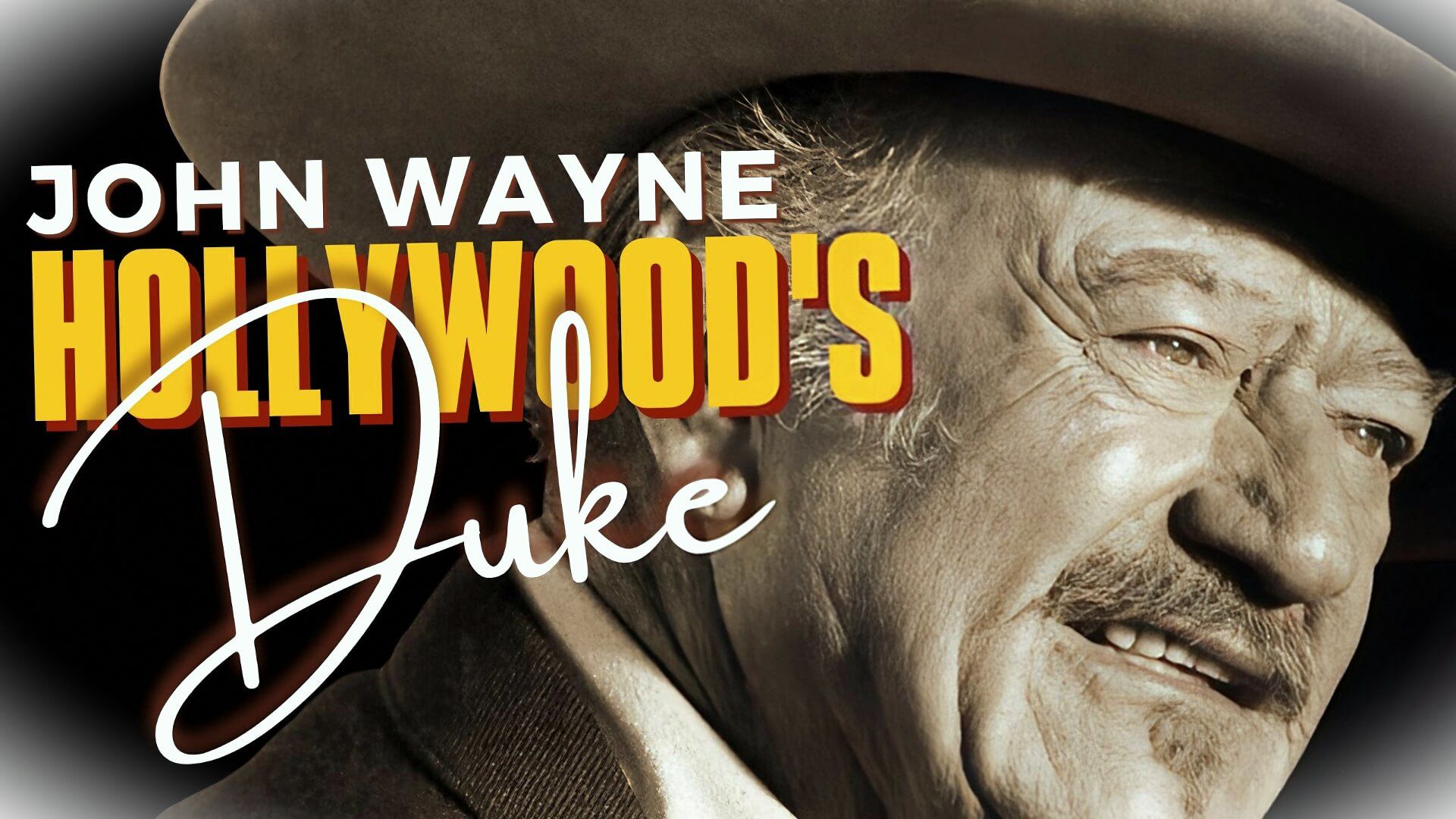
The Grimy Realism
In contrast to the poetic landscape shots, Ballard employs a grittier, more realistic look for interior and night scenes. His use of low lighting and candles powerfully conveyed the hardship and danger of frontier living.

The Peckinpah Influence
Ballard's editing and use of multiple cameras during the action sequences, particularly the climactic shootout, borrowed from the jarring, kinetic style seen in Sam Peckinpah's Westerns. This immediacy further immersed viewers in the film's violence.
The Extreme Close-Ups
Ballard frequently zeroed in on Wayne's weathered face, making his every wry expression and quizzical glance mesmerizing. The extreme close-ups of Wayne, Darby, and Campbell heightened each emotional beat.
"Backward. I always go backward when I’m backin’ away." - Rooster Cogburn
By blending a reverence for the landscape with a graphic, unromanticized look at the violence, Ballard's cinematography made True Grit both a sweeping epic and an intimate character study.

Why True Grit Endures: Legacy and Impact
Upon release, True Grit received glowing reviews, made Wayne a bigger star than ever, and inspired a new generation of Revisionist Westerns in the 1970s.Decades later, the Coen Brothers would pay homage with their 2010 adaptation. So what makes True Grit such an enduring classic?
Mixing Tradition and Revisionism
It honored the conventions of the Western genre while also breathing new life into them thanks to its tone and characters. Rooster Cogburn felt like an archetypal Wayne hero while also subverting expectations.
“A gun that's unloaded and cocked ain't good for nothing.” - Rooster Cogburn.
Launching a Genre Revival
True Grit's success, along with earlier hits like The Wild Bunch, paved the way for the darker, more countercultural Westerns of the early 1970s.
RELATED:
Intergenerational Appeal
Its combination of rip-roaring adventure and deadpan humor—not to mention Wayne's performance—made it entertaining for both older and younger audiences. Lines like "Fill your hand, you son of a bitch!" and the hymn "Leaning on the Everlasting Arms" became ingrained in the pop culture lexicon. It epitomized the best of Old Hollywood, from larger-than-life stars to impeccable craftsmanship behind the scenes.

The Definitive Wayne Performance
While Wayne had played many iconic roles, Rooster Cogburn represented the pinnacle of his career and enduring screen persona.
Over 50 years since its premiere, True Grit continues to delight viewers and influence films thanks to its near-perfect alchemy of direction, cinematography, music, setting, and cast. For both diehard Western fans and cinema lovers, revisiting the film remains a profoundly rewarding viewing experience.
RELATED:
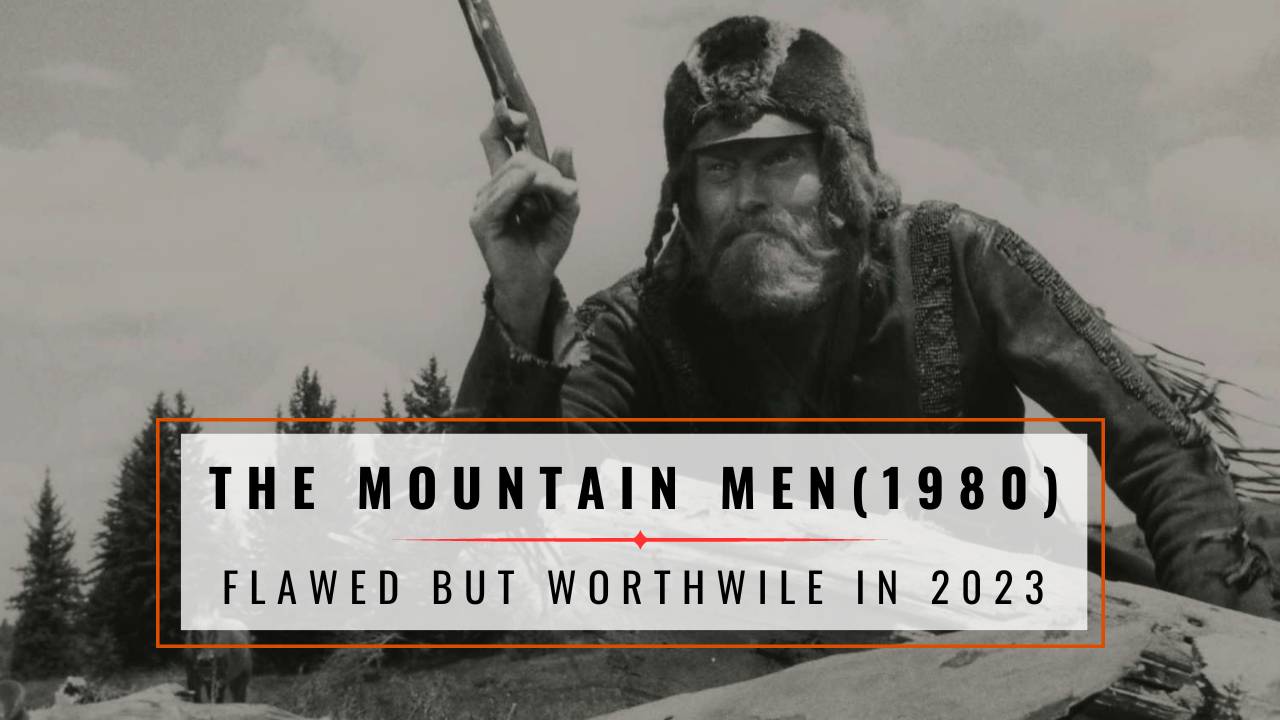
Key Takeaways: Why True Grit Endures
- Directed by Henry Hathaway and starring John Wayne in his Oscar-winning role as Rooster Cogburn, True Grit saw a legendary cast and crew at the peak of their powers.
- Wayne's portrayal of the boozy, one-eyed marshal encapsulated his screen persona and endowed the role with humor, heart, and gravitas.
- Co-stars Kim Darby as Mattie and Glen Campbell as La Boeuf provided the perfect counterpoints to Wayne, with the trio sharing an unforgettable chemistry.
- Cinematographer Lucien Ballard captured both the harsh realism and poetic beauty of frontier life through landmark landscape shots and gritty interior scenes.
- Upon release, the film revitalized the Western genre and paved the way for the Revisionist Westerns of the 1970s thanks to its blend of tradition and innovation.
- Memorable lines, rich characters, and consummate filmmaking have made True Grit an enduringly popular cross-generational classic.
Frequently Asked Questions
Q: What was groundbreaking about True Grit when it premiered in 1969?
A: True Grit broke new ground by combining the archetypal John Wayne Western hero with darker, more realistic violence influenced by the emerging Revisionist Westerns. This bridging of Old Hollywood tradition and new trends felt fresh.
Q: How much older was John Wayne compared to Kim Darby and Glen Campbell?
A: John Wayne was 62 at the time of filming while Kim Darby was 21 and Glen Campbell was 33. Wayne's curmudgeonly Rooster contrasted brilliantly with the youthfulness of Darby and Campbell.
Q: Where was True Grit primarily filmed?
A: While briefly filmed in Monument Valley, True Grit was largely shot in the San Juan Mountains of Colorado, helping give the film a more rugged, wintry feel compared to many Westerns.
Q: Did John Wayne do all his own stunts in the film?
A: No. While Wayne did many simpler stunts himself, the more dangerous work involving horses, rivers, etc. was left to experienced stunt professionals. The team effort helped create the film's vivid action.
Q: What was the significance of Glen Campbell's song "True Grit" playing over the end credits?
A: This song penned specifically for the film reflected the rising trend of country music and folk singers like Campbell being incorporated into Westerns, much as they had been into Hollywood films like Easy Rider.
More Recommendations from The Rewind Zone
Please consider Subscribing to this site (It's FREE!) to get your weekly fix of Movie Nostalgia
Please show your support to our enterprise by checking out our Youtube channel, every view keeps us moving...
Happy viewing!


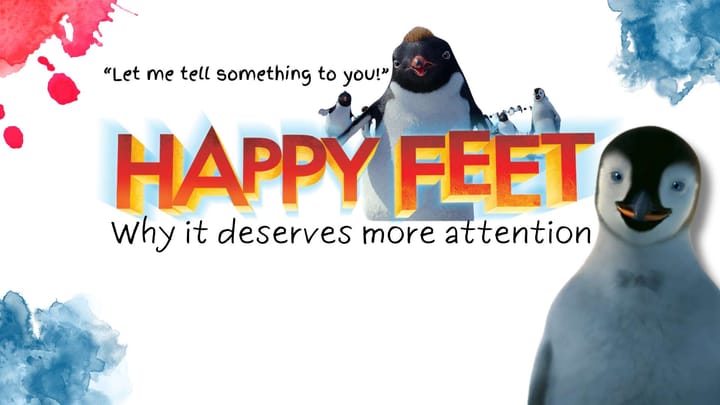
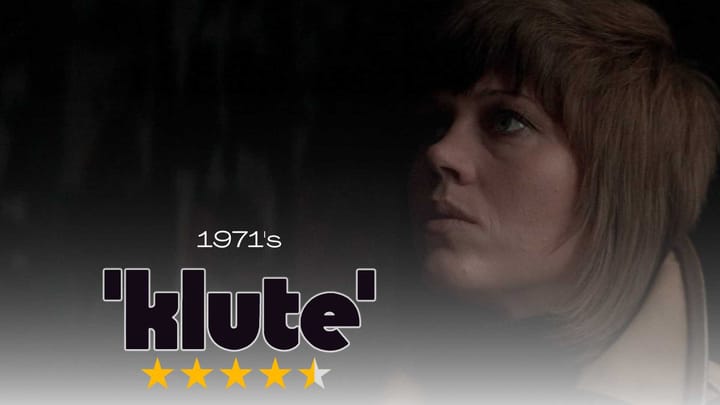

Comments ()